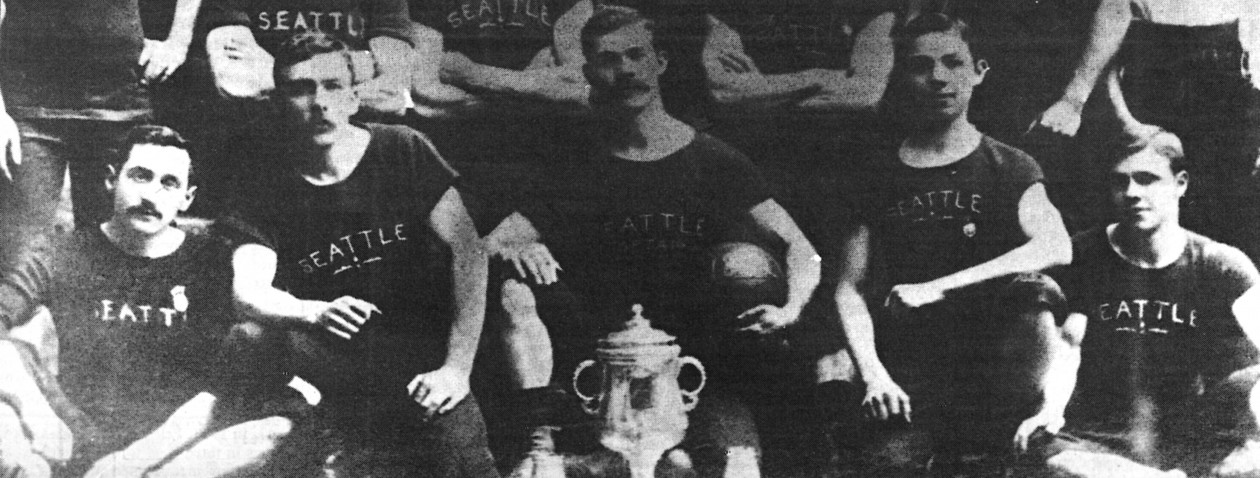Forever they will be known as the guys who refused to give up. They easily could’ve quit, well before even reaching the 1993 NCAA Championship game.
Instead they stood strong, stood together and, ultimately, prevailed.
For the record, Seattle Pacific’s fifth national title was won in workmanlike fashion against reigning champion Southern Connecticut. But that match was anticlimactic in comparison to the epic semifinal two days earlier.

Seattle Pacific and top-ranked and undefeated Florida Tech played a game for the ages. The sleepy Space Coast city of Melbourne, Florida was forced to stay awake well past midnight to learn the outcome of the 4 hour, 7 minute marathon.
FIT followers firmly believed the Falcons had been put to bed early after the Panthers pulled ahead by two goals, 5-3, in overtime. But SPU refused to surrender, and went forward in numbers as All-America sweeper James Dunn pulled-on the keeper shirt to become an 11th attacker.
Travis Connell’s header closed the gap to 5-4 with 62 seconds left. Then in the dying moments a loose ball fell fortuitously to the feet of record-setting scorer Jason Dunn, James’s identical twin. From the right flank Dunn uncorked a low 25-yard drive which caromed into the net off a lunging defender – just as the clock expired.
The two teams played another 30 minutes of sudden-death overtime before finally settling matters in a gut-wrenching, 13-round penalty-kick shootout. James Dunn, still in goal, made two saves, Jason converted two kicks, and SPU won the tiebreaker, 10-9.
Although physically (an injured James Dunn was unable to play) and emotionally spent, some 44 hours later Seattle Pacific parlayed an early goal by Dominic Dickerson and clutch goalkeeping All-American Marcus Hahnemann (served red card suspension in semi) into a 1-0 result against Southern Connecticut.
During that off day, in between the semifinal and final, Jason Dunn was asked about those dying seconds of the overtime, when all hope seemed lost. Immediately after the goal was scored, Dunn whirled and ran, screaming, past the celebrating SPU bench. What was his cry? “That’s why you never give up!”
Thanks for reading along. If you enjoyed this content, perhaps you will consider supporting initiatives to bring more of our state’s soccer history to life by donating to Washington State Legends of Soccer, a 501(c)(3) organization dedicated to celebrating Washington’s soccer past and preserving its future.











